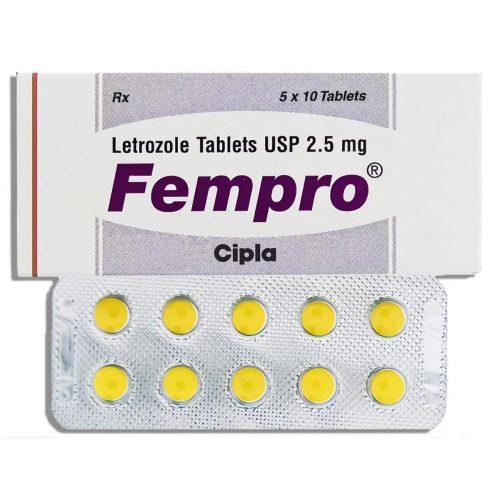Showing all 4 results
Aromatase inhibitors
Aromatase inhibitors have been used to preserve fertility by stimulating ovulation. By inhibiting aromatase in premenopausal women, the Oestrogen levels are reduced temporarily which leads to increased gonadotropin secretion, and stimulates the ovaries which causes a rise in Oestrogen levels.
Clinical use of steroidal aromatase inhibitors today are more or less limited to Exemestane. The use of Formestane (Lentaron), is very limited and in some countries it is not used anymore. Formestane has been superseded by newer and better inhibitors, with better oral availability and fewer side effects, by Exemestane and the newer generation of non-steroidal aromatase inhibitors.
Aromatase Inhibitors are classified into two categories based on their structure, nonsteroidal and steroidal; the latter resemble the structure of androstenedione. Steroidal aromatase inhibitors irreversibly inhibit the enzyme by binding covalently to the binding site of aromatase, so the substrate can’t access it.
Selective aromatase inhibitors are: Anastrozole (Arimidex), Letrozole (Femara), Exemestane (Aromasin).
First used as breast cancer drugs, these aromatase inhibitors have still shown to have some effects within helping to stimulate the fertilisation process within patients, as current available evidence support that Letrozole may have a promising role in stimulated IVF cycles, when administered during the follicular phase for ovarian stimulation. Especially for women with poor ovarian response, Letrozole appears to have the potential to increase clinical pregnancy rates when combined with gonadotropins (such as hCG), whereas at the same time, this reduces the total gonadotropin dose that is required for ovarian stimulation.



